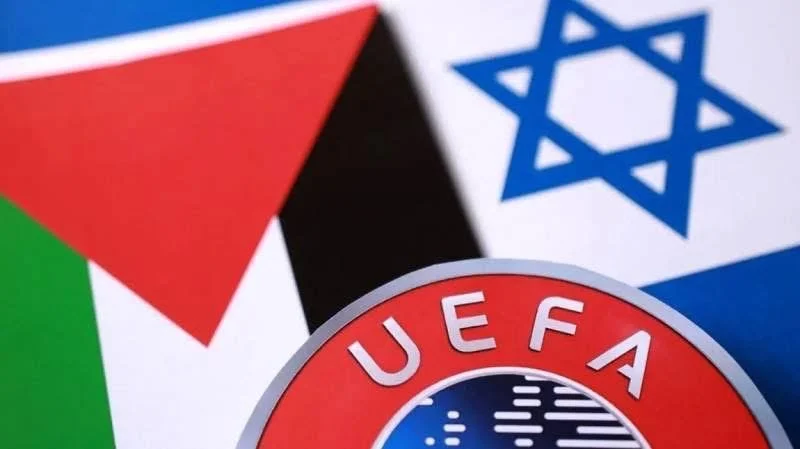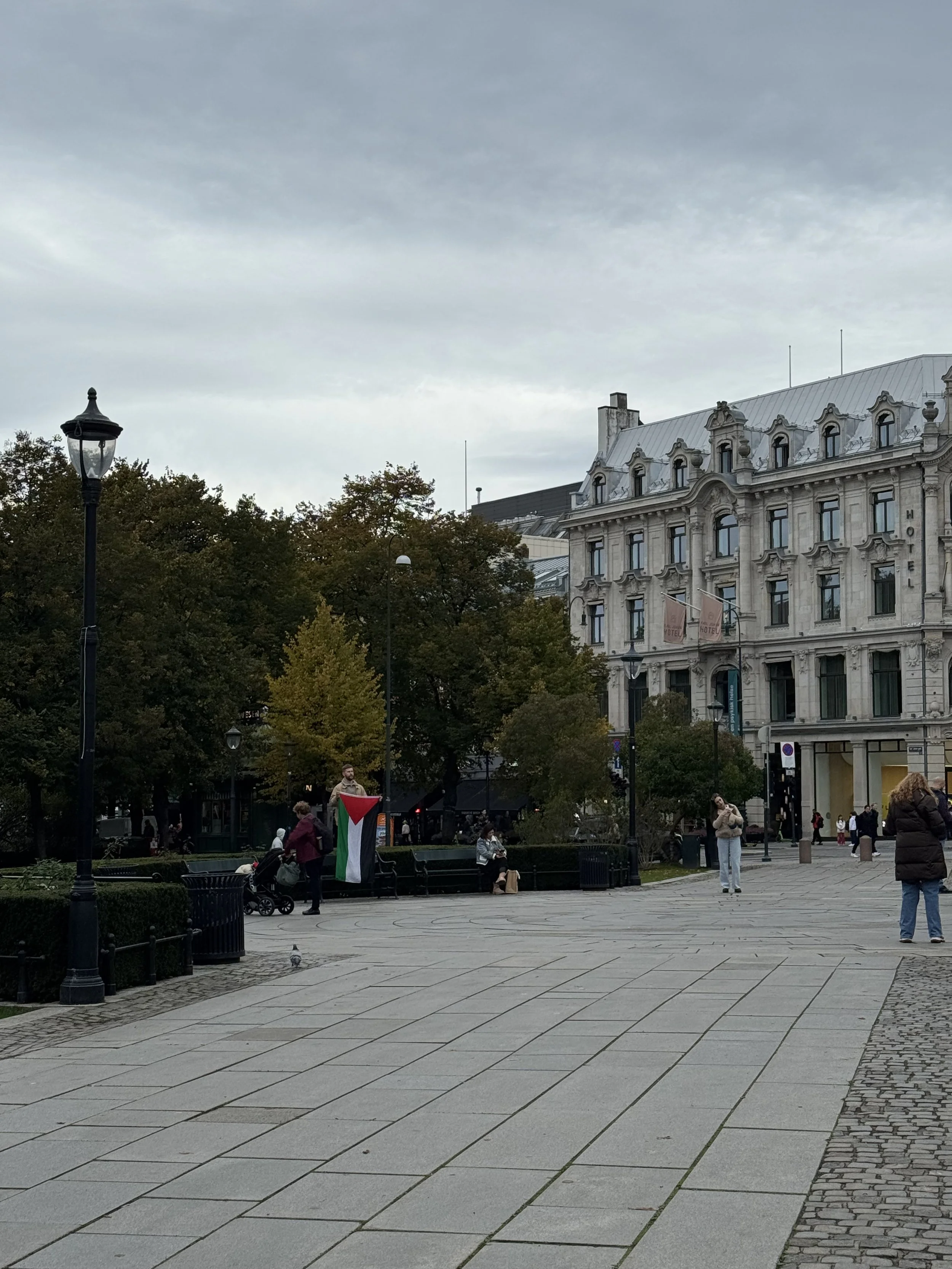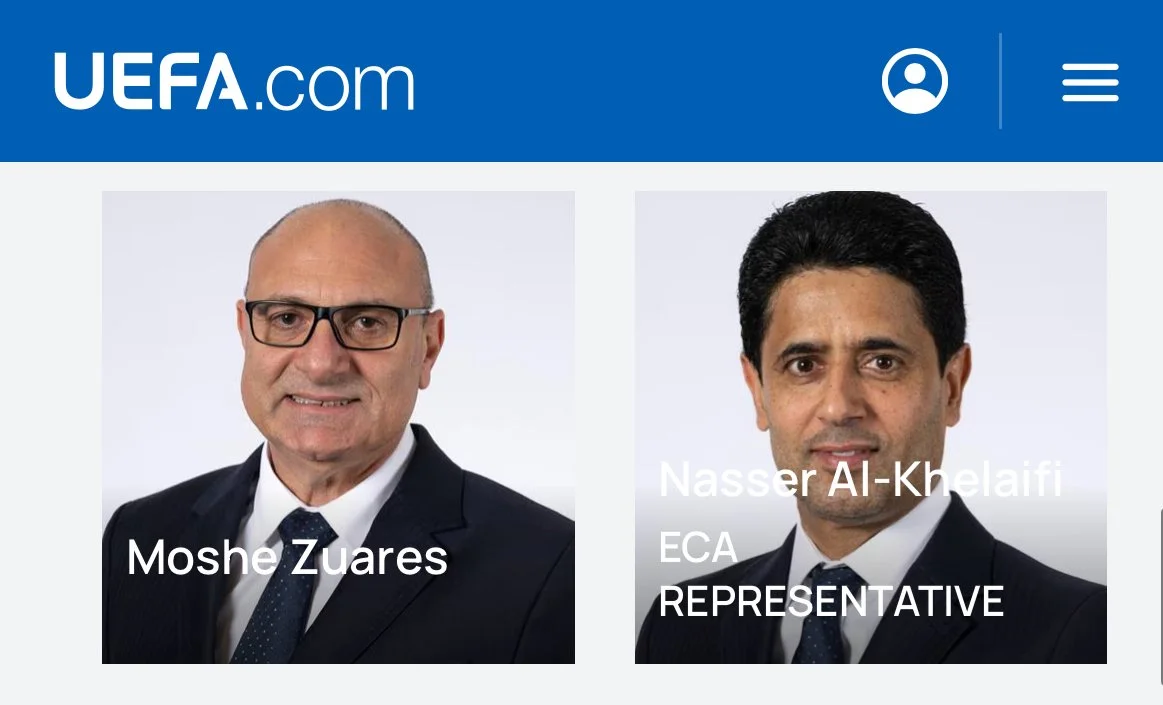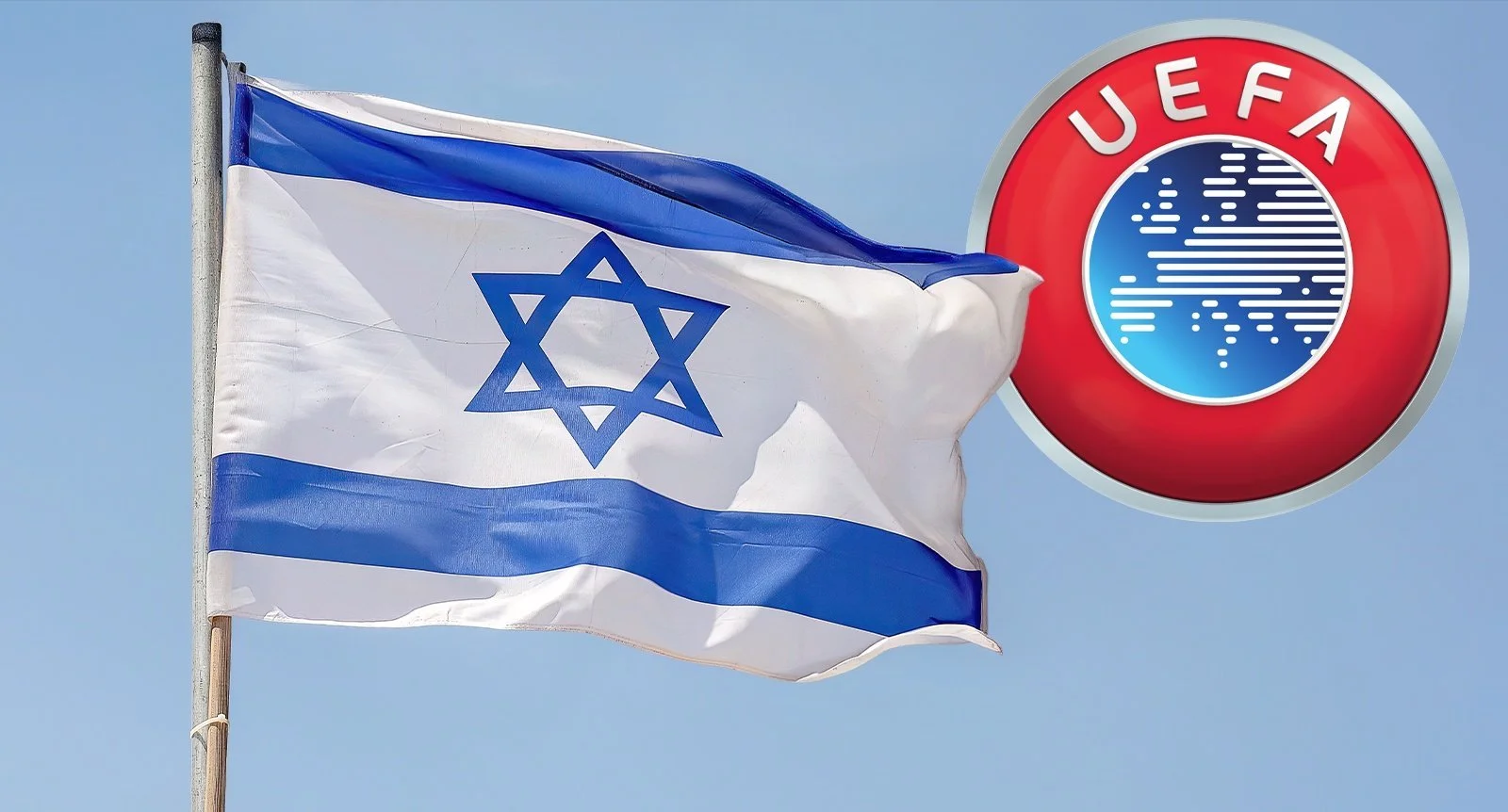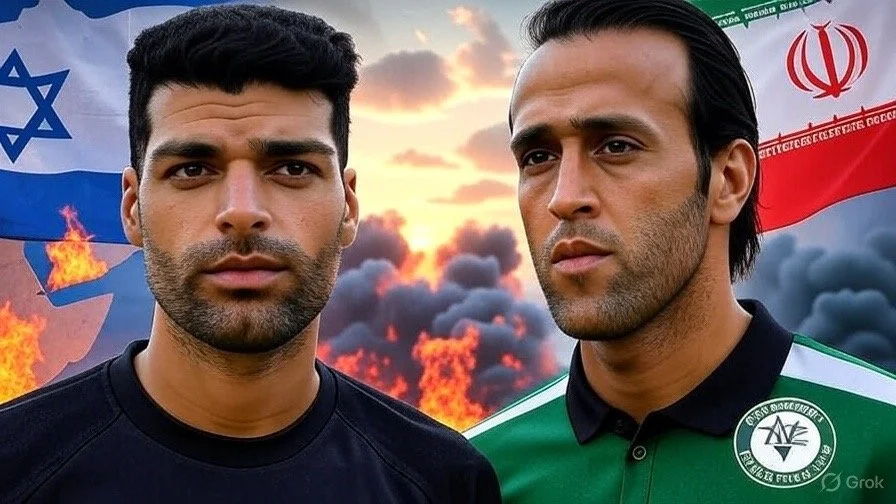Last weekend, the Asian Football Confederation (AFC) announced that the final stages of the AFC Champions League Elite for the 2024/25 and 2025/26 seasons will take place in Saudi Arabia.
From next season on, the Asian Champions League will include 24 teams split into two leagues of 12 teams - the East Asian League and West Asian League.
The top four from each league will advance to a knockout tournament with a single-match format for the quarterfinals, semifinals, and final.
This new format will allow Saudi Arabia to host more high-profile matches in the coming years as part of its preparations for the 2027 Asian Cup, and the 2034 World Cup.
𝗢𝗙𝗙𝗜𝗖𝗜𝗔𝗟
— #ACL (@TheAFCCL) December 1, 2023
🇸🇦 Saudi Arabia to host 2024/25 and 2025/26 #ACLElite Final Stage!
The 2024/25 Final Stage is scheduled to be held from April 25 - May 4, 2025. https://t.co/UH3jSQnhhK
This trend began a few years ago, with the hosting of European Super Cup matches, and will continue with the Club World Cup to be played in Saudi Arabia later this month.
In a sense, Saudi Arabia is becoming the new Qatar - the Middle Eastern country that has become a hub where Asian football and FIFA organise their major tournaments - just like Qatar was in the build-up to the 2022 World Cup.
And the rise of domestic football in the country was showcased on Friday evening, when Al-Nassr and Al-Hilal faced off in one of the most anticipated Saudi Pro League matches of the season so far.
The game played out with an exceptional atmosphere in the stands, and some of the biggest names in world football on the pitch.
It was broadcast in 159 countries worldwide, attracting millions of viewers.
Unfortunately,
— AlHilal Saudi Club (@Alhilal_EN) December 1, 2023
It’s only three, not nine 🙁#AlHilal 💙🙌🏻 pic.twitter.com/aeRqXifKBL
On the pitch, Al-Hilal defeated Cristiano Ronaldo and Sadio Mané's Al-Nassr 3-0, with a brace from Alexander Mitrovic and a goal from Sergej Milinkovic-Savic.
The two teams are also on a great run in the AFC Champions League, and it’s likely the two Riyadh clubs will be there for the final stages of this campaign too.
But the true winner of this evolving situation is Saudi Arabia, where more and more football assets are landing every day.



